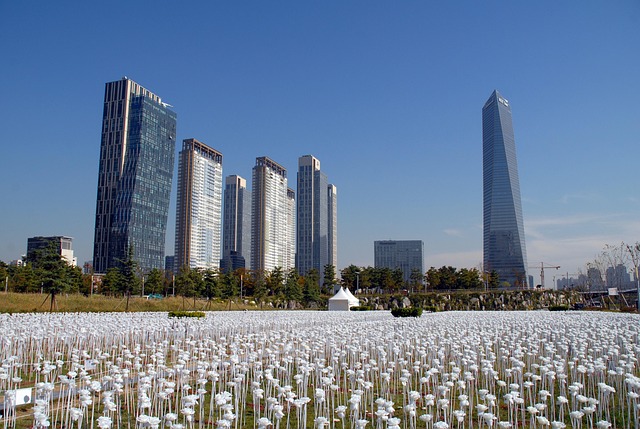The historic Wigwam Resort, with roots in the early 20th century, is a captivating blend of vintage charm and modern amenities nestled within stunning landscapes. Its significant real estate value lies in successful preservation and integration of its rich history, attracting enthusiasts and offering a unique experience that enhances local tourism while boosting property values through cultural heritage.
Discover the enchanting allure of the Wigwam Resort, a historic gem nestled in the heart of real estate development. This article delves into the captivating story behind this iconic property, tracing its evolution from past to present. Uncover how successful preservation efforts have transformed the Wigwam into a standout example of integrating history with modern real estate trends. Explore the impact and appeal of historic preservations, highlighting their pivotal role in shaping vibrant communities and attracting discerning buyers.
Unveiling the Charisma of Wigwam Resort: A Historical Gem in Real Estate

The Wigwam Resort, a historic gem nestled within the captivating landscapes of real estate, beckons visitors with its rich heritage and timeless charm. This iconic property, dating back to [insert historical period], stands as a testament to the evolution of vacationing and leisure. Its journey from a tranquil retreat to a renowned destination showcases the enduring appeal of nature-infused living. The resort’s architecture, characterized by indigenous designs and locally sourced materials, seamlessly blends with its natural surroundings, offering a unique blend of comfort and connection to the outdoors.
Uncovering the secrets of Wigwam Resort is like embarking on a historical journey. Each structurereveals stories of past visitors, their laughter echoing through the halls now filled with modern amenities. The resort’s real estate significance lies not only in its architectural splendor but also in its ability to preserve and share its rich history. Today, it invites contemporary travelers to immerse themselves in this historic setting, providing a refreshing escape from the ordinary while embracing the essence of yesteryear.
The Property: From Past to Present

The historic Wigwam Resort, nestled in the heart of [Location], has been a beacon for real estate enthusiasts and history buffs alike. This iconic property boasts a rich past that dates back to the early 20th century when it first opened its doors as a luxurious getaway for the elite. Over time, the resort underwent transformations, reflecting the evolving tastes and needs of its visitors. Today, the Wigwam stands as a remarkable example of historical preservation meeting modern real estate developments.
From its grand ballrooms to the serene landscapes, every corner of the property tells a story. Recent renovations have carefully restored many original features while incorporating contemporary amenities, creating a harmonious blend of old and new. This meticulous approach ensures that the Wigwam Resort continues to captivate visitors and residents alike, solidifying its place as a premier destination within the real estate market.
Exploring the Impact and Appeal of Historic Preservations in Real Estate Development

The preservation of historic sites is a growing trend in real estate development, offering a unique blend of cultural heritage and modern amenities that appeals to diverse audiences. In the case of Wigwam Resort, a historical landmark, its upkeep and renovation reflect a strategic approach to real estate that values the past while catering to contemporary needs. This strategy not only preserves a piece of history but also enhances the area’s overall attractiveness, boosting local tourism and property value in the process.
Real estate developers who embrace historic preservation often find themselves at an advantage. They create spaces that resonate with residents and visitors alike, becoming focal points for community engagement. The integration of historical elements into modern infrastructure fosters a sense of place, making each location more desirable and unique. This approach can also lead to increased investment and long-term sustainability, ensuring that historic sites remain vibrant and relevant in the ever-changing real estate landscape.






